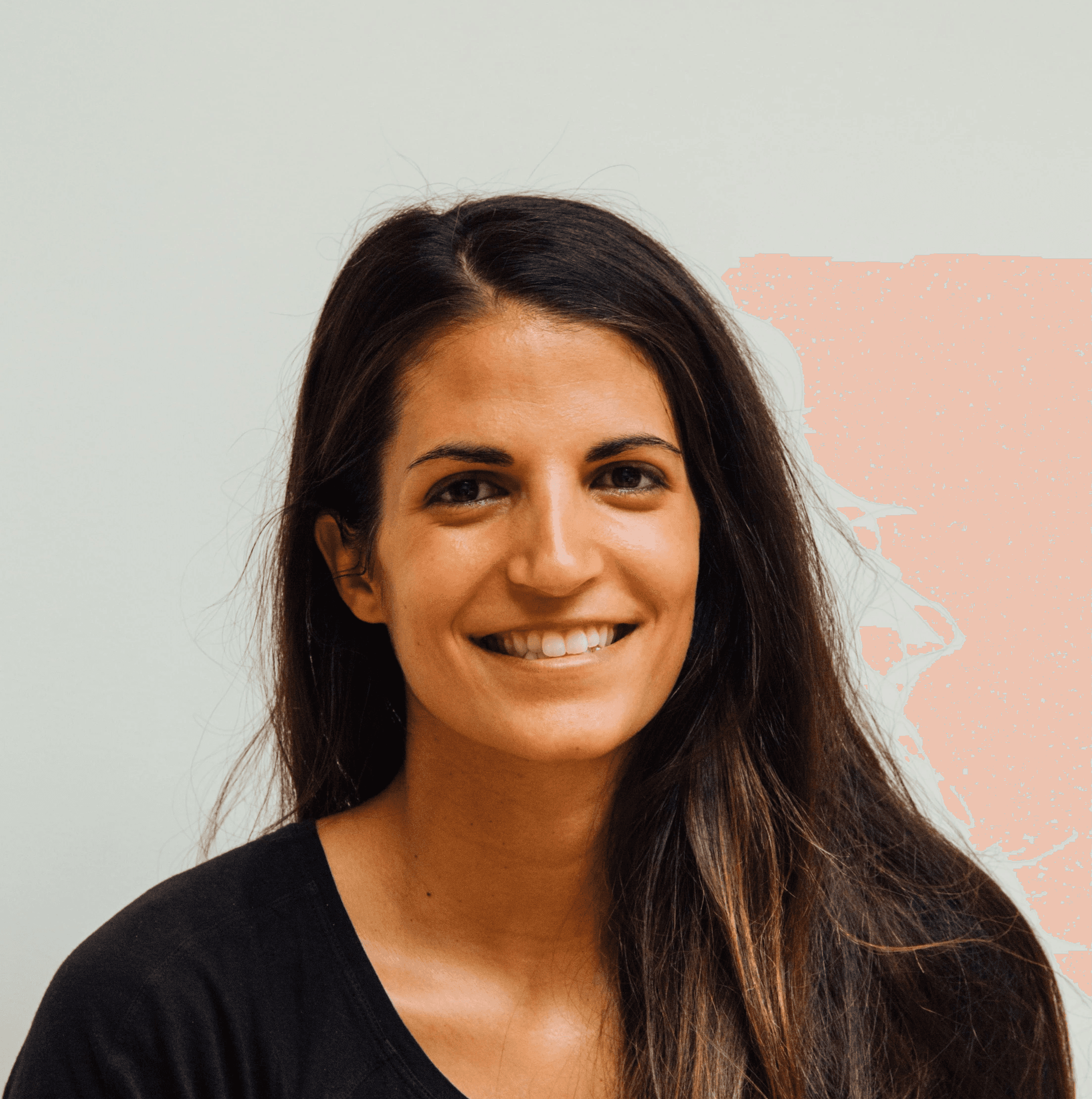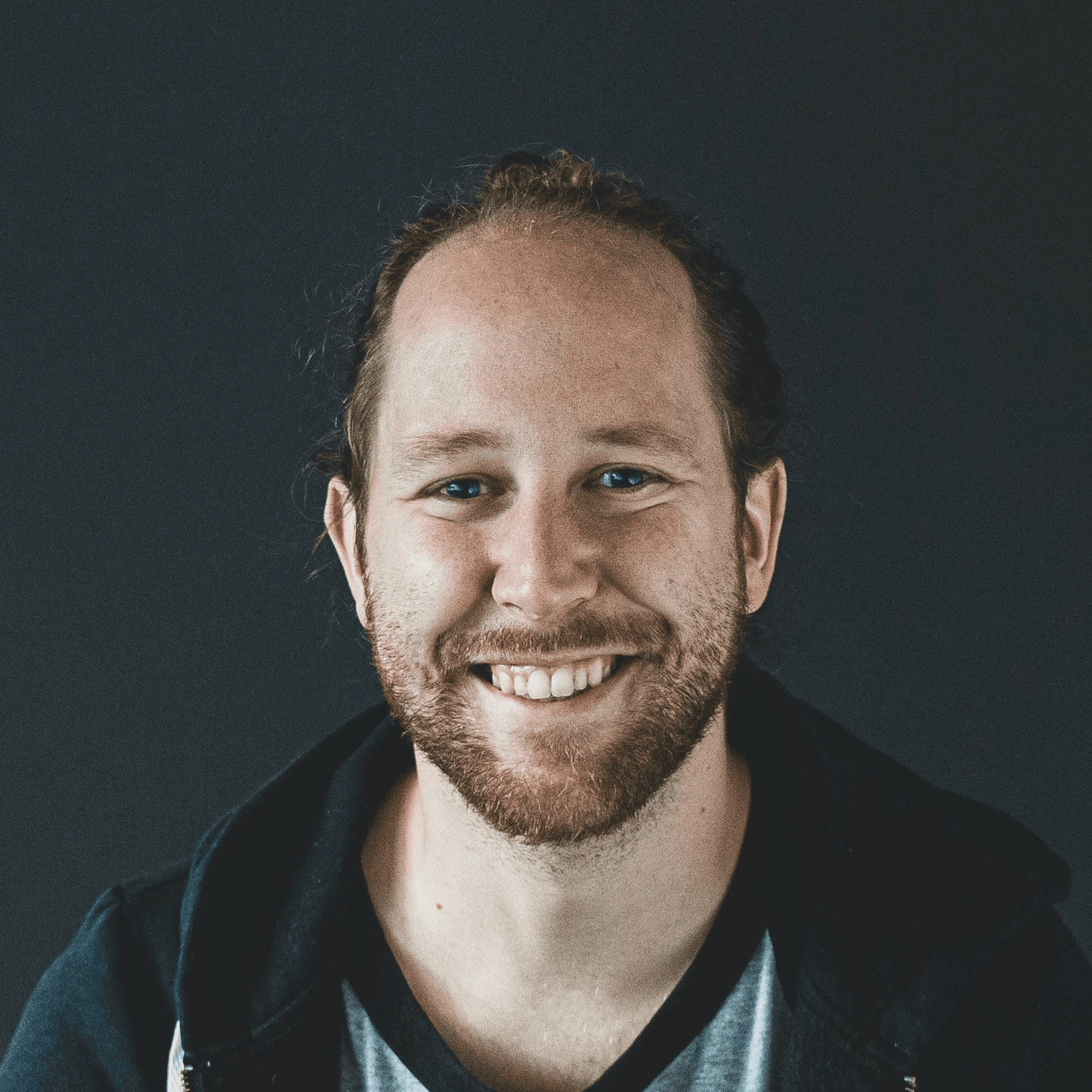Journal
From Manual Browsing to Intelligent Automation
May 29, 2025
AI, Automation
A designer's journey from information overload to automated insights
The Morning Ritual That Wasn't Working
Every morning, like clockwork, I'd grab my coffee and open Reddit. Not for entertainment—for intelligence gathering. As a digital designer running multiple projects (Wcrow creative agency, Yourhero.me portfolio platform, and imaci.am reviews site), staying current with what my peers are discussing isn't optional. It's essential.
But here's the problem: I'd often find myself 30-45 minutes deep in scrolling, trying to filter through endless posts to find something genuinely valuable. Some mornings I'd strike gold—discovering a heated debate about the future of UI design or a breakthrough case study. Other mornings? I'd close Reddit empty-handed, feeling like I'd wasted precious time sifting through noise.
This inconsistency was frustrating. I needed industry intelligence, but I couldn't afford to gamble with my morning productivity.
The Automation Awakening
The breakthrough came when I asked myself a simple question: "What if automation could do the filtering for me?"
I'd heard about n8n.io through the tech community but never considered it for creative work. Most automation talk seemed focused on sales pipelines or data processing—not exactly design industry stuff. But the more I thought about it, the more it made sense.
Why should I manually scan five different design subreddits when a system could monitor them continuously, apply my exact criteria, and deliver only the conversations that matter?
Building the System: From Concept to Reality
The Technical Journey
Working with n8n.io was surprisingly intuitive. Instead of writing complex code, I built my automation visually—like creating a flowchart that actually works.
Here's what I designed:
Step 1: Multi-Source Monitoring The system monitors five key design communities:
r/graphic_design (800k+ members)
r/web_design (400k+ members)
r/UI_Design (200k+ members)
r/branding (100k+ members)
r/webdev (700k+ members)
Step 2: Intelligent Filtering Not all posts are created equal. My system applies specific criteria:
Minimum 5 upvotes (indicates community interest)
Active discussion threads (real engagement, not just views)
Substantial content (eliminates low-effort posts)
Recent posts only (last 24 hours for relevance)
Step 3: Data Processing Each qualifying post gets processed to extract:
Discussion title and key points
Community source (which subreddit)
Engagement metrics (upvotes, comments)
Direct links for deeper exploration
Content preview for quick assessment
Step 4: Organized Delivery Everything flows into my Notion database, organized with:
Automatic tagging by source community
Priority levels based on engagement
Easy review interface with custom views
Search functionality for future reference
The Learning Curve
The biggest surprise? How accessible automation has become for non-developers. n8n.io's visual approach meant I could focus on workflow logic rather than syntax. The learning curve was steep but short—a few hours of setup versus weeks of manual work every month.
The Transformation: Before vs. After
Before Automation
Time investment: 30-45 minutes daily of manual browsing
Success rate: Inconsistent—sometimes valuable, sometimes empty-handed
Coverage: Limited to whenever I had time to check
Organization: Mental notes or scattered bookmarks
Bias: Only saw what I happened to encounter during my browsing window
After Automation
Time investment: 10 minutes daily reviewing pre-filtered content
Success rate: Consistent value every single morning
Coverage: Continuous monitoring, never miss important discussions
Organization: Structured database with search and filtering
Bias: Systematic criteria ensure broader perspective
The transformation isn't just about time savings—it's about reliability. I now have consistent access to industry intelligence instead of hit-or-miss browsing.
Beyond Personal Productivity: Industry Implications
Building this system opened my eyes to a larger shift happening in creative industries. We're moving from manual information consumption to intelligent curation.
The Democratization of Automation
Tools like n8n.io are making sophisticated automation accessible to creative professionals. You no longer need a computer science degree to build systems that amplify your capabilities.
The Future of Design Work
I predict that within five years, top designers won't just be great at design—they'll be great at building systems that enhance their creativity and market awareness.
Consider the competitive advantages:
Trend awareness: Automated monitoring vs. sporadic checking
Market intelligence: Systematic data collection vs. anecdotal insights
Time allocation: More energy for creative work vs. administrative tasks
Consistency: Reliable processes vs. mood-dependent productivity
The Creative Professional's Dilemma
We face a choice: adapt to this new landscape or watch others gain systematic advantages. The tools exist. The question is adoption speed.
Practical Lessons Learned
What Worked Well
Start simple: My first version just collected posts. I added filtering later.
Define clear criteria: Specific rules prevent information overload.
Test iteratively: I refined the filtering based on actual results.
Focus on workflow: Automation should enhance existing habits, not replace them.
What I'd Do Differently
Begin with one subreddit: Prove the concept before scaling up.
Document the setup: I'll need to modify this system as needs evolve.
Plan for maintenance: Automation requires occasional tuning.
Consider data privacy: Be mindful of API terms and usage limits.
Unexpected Benefits
Broader perspective: Systematic monitoring revealed communities I'd missed
Pattern recognition: Organized data helps identify recurring themes
Reference library: Historical data becomes valuable for trend analysis
Confidence boost: Never feeling "out of the loop" reduces anxiety
The Road Ahead: Next-Level Automation
This first automation success has me thinking bigger. Future enhancements I'm considering:
Short-term Improvements
AI-powered analysis: Automatic trend identification and summary generation
Cross-platform integration: Include Twitter, Dribbble, and Behance monitoring
Smart notifications: Alert me only to unusually significant discussions
Content suggestion: Flag discussions that align with my content strategy
Long-term Vision
Predictive insights: Identify emerging trends before they peak
Competitive intelligence: Monitor what other agencies and designers are discussing
Client research: Automated industry analysis for client projects
Personal brand optimization: Data-driven content strategy recommendations
Building Your Own Intelligence System
If you're interested in creating something similar, here's my recommended approach:
Phase 1: Assessment
Identify your manual information gathering habits
Calculate time spent vs. value received
Define what "valuable information" means for your work
Choose your primary information sources
Phase 2: Simple Start
Pick one automation tool (n8n.io, Zapier, or similar)
Focus on one information source initially
Create basic filtering criteria
Set up simple organization system
Phase 3: Refinement
Analyze what you're actually using from the collected data
Adjust filtering criteria based on real results
Add more sources gradually
Improve organization and accessibility
Phase 4: Scale
Expand to multiple platforms
Add analysis and processing layers
Integrate with your existing workflow tools
Consider AI enhancement for pattern recognition
The Bigger Picture: Automation in Creative Work
This project represents something larger than personal productivity optimization. It's about creative professionals taking control of their information environment rather than being overwhelmed by it.
The Paradigm Shift
We're transitioning from:
Passive consumption → Active curation
Manual processes → Systematic approaches
Time-based work → Results-based work
Individual effort → Human-machine collaboration
Industry Readiness
The creative industry is uniquely positioned for this transformation because:
High information dependency: We need constant market awareness
Time sensitivity: Creative work demands efficiency
Quality focus: Better inputs lead to better outputs
Technology adoption: Creatives are early adopters of productivity tools
Conclusion: From Reactive to Proactive
Building this automation system transformed me from a reactive information consumer to a proactive intelligence gatherer. Instead of hoping to stumble upon valuable discussions, I now have systematic access to the conversations shaping my industry.
The time savings are significant, but the real value is consistency. I wake up every morning knowing that I'll have curated, relevant insights waiting for me. This reliability has changed how I approach both creative work and business strategy.
More importantly, this project proved that sophisticated automation is within reach for any creative professional willing to invest a few hours in setup. The tools exist. The tutorials are available. The only question is: will you take advantage of this opportunity to level up your workflow?
The future belongs to creative professionals who combine human intuition with systematic intelligence. The question isn't whether to embrace automation—it's how quickly you can start.





